“Brothers: it is later than you think. Hasten, therefore, to do the work of God.”
- Hieromonk Seraphim RoseIran and Israel are at it again. The frenzy over AI has some calling it a vessel for the New World Order and the Antichrist. Massive protests are taking place in the southwest United States over immigration and national identity. The winds of war are blowing.
Of course, they always have been, ever since the dawn of time when Cain slew his brother. But today there seems to be a widely agreed upon notion among the people that something larger is happening, or beginning to happen. Something different. The cultural attitude is that of men holding their breath and growing ever more anxious. Something Lovecraftian is looming over the long peace that the West has enjoyed for so many decades. We know things cannot go on like this indefinitely.
What does it mean when a narrative ends? When one narrative dies, another must take its place. When one story ends, another must begin. This is the normal flow of human history.
For example, as the story of the Christian Middle-Ages ended, the age of the Renaissance began. This was an “end” of one particular world on a microcosmic scale. Since then, there have been various other microcosmic meta-narratives, such as the the reformation, the enlightenment, the rise of communism, the industrial revolution, and countless others. These are all meta-narratives, and they have a lifecycle.
We are now living through the end of another narrative, the one that has dominated all of our lives. The WW2 consensus is ending.
This term refers to the world order established at the end of WW2 and the ideology that has ruled the world ever since. This consensus has decided not only the answers to the world’s questions but even the questions that we are allowed to ask. This consensus is everything from our political theory to the presuppositions that we carry to the thoughts we are capable of thinking. The WW2 consensus is a meta-narrative through which all westerners have viewed the world and human history for the last 70 years. It is sometimes called the “Boomer truth regime”.
Among this meta-narrative’s sacred cows are democracy, the holocaust, the state of Israel’s right to exist, universal suffrage, and equality. Until now, you could be ostracized for questioning any of these. But things are changing.
Men who feel their end is nigh tend to forgo with social niceties, and it is often said that the dying have delusions lifted from their eyes. Today, every dogma of the neo-liberal religion is being publicly put on trial.
I believe the collapse really began in 2020. Something in the air changed after the COVID saga. COVID was a tipping point, an unmasking of the true nature of our world for many people, and while for many others it took a few years to really sink in, in 2025 we are living in an entirely different paradigm than we were in 2015. The zeitgeist has changed.
Fifteen years ago, the majority of the “right-wing” was still operating entirely within the bounds of the WW2 meta-narrative. But now, mainstream figures like Tucker Carlson and Matt Walsh openly question some of its sacred cows. Truly right-wing parties are gaining traction in Europe. The growing neo-right wing in America increasingly views establishment Republicans as part of the same corrupt system as Liberals. The entire idea of multicultural society, held as sacred for so long, is finally being seen for what it truly is- the orchestrated destruction of the west and its peoples.
Hitler is probably the best example, precisely because he is the most uncomfortable. Adolf Hitler has served as the neoliberal world order’s Satan, this is perhaps the defining dogma of the WW2 meta-narrative, and as such it will be one of the last to go. But it is being questioned, and in odd ways.
Kanye West's new song "Heil Hitler" is a fantastic example of this dissolution of narrative because of how ridiculous the whole thing is. But more important than Kanye or his song is the reaction of others- for the most part, no one outside the elite class and its shills were remotely offended. Others may find it stupid, others will find it funny, others will see it as a warning sign of a trend towards dangerous pendulum swings to the right, but the silver lining is that few people are genuinely offended by someone invoking the name “Hitler” as anything less than the equivalent of Satan. We are reaching a point where Hitler and WW2 can be discussed as historical events like anything else.
Perhaps more than anything, people taking a fresh look at Adolf Hitler is the proof that we are entering a new age. It does not matter what our personal opinions of him are- what matters is the emotional detachment from him and the entire narrative surrounding him.
I do believe the collapse of the WW2 consensus will be a net positive for western civilization. It was inevitable and necessary, and it will allow civilization to “breathe” and move out of the stagnation that has defined it for the last couple of decades. The rulers of this regime are ontologically evil and I am glad people are waking up to their tyranny and many injustices. But despite all the positives, I don’t feel a true sense of victory.
Because while we may be breaking down a corrupt world order, there does not seem to be a real alternative narrative taking its place. Our civilization is collapsing, but there is no feeling of a great future on the horizon like there must have been on the cusp of the Renaissance. Why?
I propose it is because we are running out of stories, so to speak. The world has become so corrupt, so dull, and so ugly that people are no longer inspired in the way they once were. There is no current sign of a second renaissance coming, no second age of exploration. The narratives of communism, fascism, democracy all seem to have run their course. It has been said that we live in the “end of history” and while that may seem logically impossible, something about it intuitively rings true.
And if we have run out of stories to tell, what does that mean?
It may mean that we are approaching the end of the world.
I should clarify- I am not saying that we should interpret current events to mean that the literal end of the world is upon us- right now. This isn’t that kind of essay. What is important is not the current events themselves, its the attitude of people towards the idea of the end of the world that matters.
There is always a cycle of rise and fall, life and death. The smallest manifestation of this pattern is taking place any time you do anything- you you begin doing it, you finish doing it. At the highest, most macrocosmic level, the cycle is that of the cosmos itself, and ends with the Apocalypse.
This essay is not going to end with me saying that the end of the world is upon us. Or at least, not exactly. It is certainly the “end times”. But we Christians believe that it has been the “last days” ever since the ascension of Christ. And so in a sense, saying that it is the end of the world is always correct, but also vague.
To have this sort of discussion it is important not to get too caught up in theorizing about the events of the literal end times. Christ in fact told us that no one will know the “day or the hour” of the end. It is enough to do what many of the Church fathers have done, that is to discuss the patterns and symbolism of the final age and to remain watchful. But that does not mean that we cannot understand the signs of the times.
To understand what is happening in the world today, we have to zoom out and look at the entire narrative of the world after Christ.
Why is it that the overarching attitude of the last two thousand years has been so apocalyptic?
The age began with the birth of Christ, and our age’s obsession with religion, prophecy, dogma, saviors, utopias, and the apocalypse is something unprecedented in human history. There have always been cults and wars and civilizational collapses, but things like the 20th century wars of ideology, or the narrative of Islam, only this age could produce. Men have never fought and died over what they believe at this level before. What changed? Well, when we say that the world after Christ was a new age, that’s actually a very literal statement.
This is the age of Pisces, the age of religion and fanaticism and mysterious cults and the blood of martyrs. Not everyone realizes that the birth of Christ coincided exactly with the beginning of the astronomical age. Why do you think the early Christians used the sign of the fish, and Christ called his followers to be fishers of men?
No, I am not proposing that the Christian narrative was code for astrology. It is quite the opposite. The astrological symbolism is downstream from Christ. The heavens paint a picture of what is happening, they do not “control” us as perhaps modern astrologists understand it.
The defining meta-narrative of this “A.D.” age has been that of the apocalypse and the coming utopia. We do not live in an animistic age focused on the flow of seasons and the cyclic nature of all things. Men may have lived that way once, but we do not. This is an age obsessed with the end of the world. Christ himself told us that he would come again to judge the world before it is made new, and that prophecy has influenced every event in the last two thousand years. All men know it. Even non-Christians believe in some version of apocalyptic and utopian narratives. At a subconscious level, we agree on what is coming.
And so while the age as a whole is playing out this meta-narrative, the smaller narratives that take place within in it will also have an apocalyptic and religious flavor. Hence, why it is so easy to mistake a period of chaos and collapse for the literal end of the world. Because we know that one day, a microcosm and the macrocosm will indeed overlap.
Since we are living in the last days, we can expect the signs of the end times to constantly appear and small versions of it to play out, even if it is not yet the end. For example, there was the literal destruction of the temple in 70 A.D. That event would have felt like the end of the world to those experiencing it, but here we are two thousand years later.
But symbolically speaking, as we near the true end, we should expect apocalyptic threads to start popping up in the culture more frequently.
And today, the “signs of the times” are everywhere. Modern pop culture is flooded with movies and novels about dystopian futures, wars with sentient robots, or literal apocalypses. Leftists have been performing their own doomsday preaching for the last few decades, telling us all that climate change will bring about the end of our civilization if not humanity itself. The idea of civil war or at least massive civil unrest in America is frequently discussed. The Islamic world is foaming at the mouth for war. Boomer American evangelicals seem hellbent on bringing about end times prophecies in a manner that makes you wonder what side they’re actually on.
It feels as if there is some sort of subconscious civilizational death wish. As if everyone has had enough of modernity, enough of the microcosmic narratives, and is ready to get back to the macrocosmic meta-narrative of the age, that is, getting back to preparing for the end of the world and ushering in a new golden age in the aftermath.
But what new age and what savior are we waiting for? Well, that is a question that millions of lives have already been sacrificed to in the last century alone, and it is one that will surely claim millions more before the end. What is the coming utopia supposed to look like? And who is going to bring it about? Who will be the savior of the world?
Christians are waiting for the second coming of Christ. Futurists wait for the AI singularity. Muslims wait for the Mahdi. Buddhists wait for the Maitreya. Jews wait for their Messiah and the rebuilding of the Temple. Marxists wait for an age where all hierarchies are thrown down and they achieve their utopia. Hindus wait for Kalki. Liberals wait for an age of true democracy and equality. And all over the world, people wait for various folk heroes to return at the end of the age, like Arthur from his long sleep in Avalon. You may assume that men have always believed in this “coming savior at the end of the world”, but this is uniquely Piscean. Bronze-Age Greeks, for example, had no such prophecies.
Many, actually most, of these hopes are mutually exclusive. The end of the world will be bloody and horrific because all men will believe themselves to be on the side of their own Christ- and will see all those opposed as devils.
There are two cosmic cities seeking to be built, the new Jerusalem and the new Babylon. But it is important to understand that all sides will believe themselves to be building the new Jerusalem. The Antichrist at the end of the world will not look like a fantastical manifestation of evil, at least not at first. He will appear to be a savior. He will appear as a Christ.
In his popular talk “Signs of the Times”, Fr Seraphim Rose explained the situation with great clarity:
The very nature of Antichrist, who is to be the last great world ruler and the last great opponent of Christ, is to be anti Christ—and "anti" means not merely "against," but also "in imitation of, in place of." The Antichrist, as all the Holy Fathers say in their writings about him, is to be someone who imitates Christ, that is, tries to fool people by looking as though he is Christ come back to earth. Therefore, if one has a very vague notion of Christianity or reads the Scriptures purely from one's own opinions (and one's opinions come from the air, and the air is not Christian now, but anti Christian), then one will come to very anti Christian conclusions. Seeing the figure of Antichrist, one will be fooled into thinking that it is Christ.
You need to know what you believe in, what patterns you believe to be true. Because if we are truly headed towards the end of the macrocosm, we will witness things totally beyond our comprehension and beyond our ability to handle. If you don’t want to end up fooled, you must get your stories straight now.
Maybe you are not a Christian, or you do not believe that an apocalypse is near, or both. In that case, you have your own question to answer. That is, if there is no end approaching, why is everyone behaving as if there is? Where is this worldwide psychosis coming from? And even if you do not believe in a final judgment and the end of the world, you must at least be aware of cyclic destruction of life on Earth and the life cycle of civilizations. There is always the possibility that civilization is indeed going to collapse soon, which is apocalyptic in of itself, all religious elements aside.
Everyone must consider the signs of the times and prepare themselves for the future, regardless of what they believe in. And it may well be that despite the collapse of the WW2 consensus, we are not yet at the true end. Perhaps there are many more microcosmic stories to be told. Perhaps we are nearing only a microcosmic apocalypse, perhaps we are headed towards the end of the West but not the world as a whole.
On a personal level, I am not expecting armageddon to begin next week. It is easy to confuse a microcosm for the macrocosm in the midst of things. We should all remain sober.
But I believe the patterns I have described are true regardless. Even if the end is not yet, the microcosmic patterns are carrying us ever closer to the end of the macrocosm. The signs of the times that we are seeing may not mean that the end will start right now- but they are signs of the end nonetheless. The Judge at the end of time is waiting. The axe is laid at the foot of the tree. We already know that we live in the last days, and we know where we are in the grand story of the world. We know what cosmological time it is.
As Fr Seraphim frequently said-
It is later than you think.

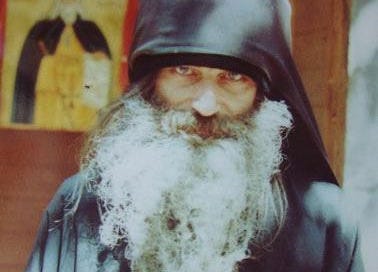



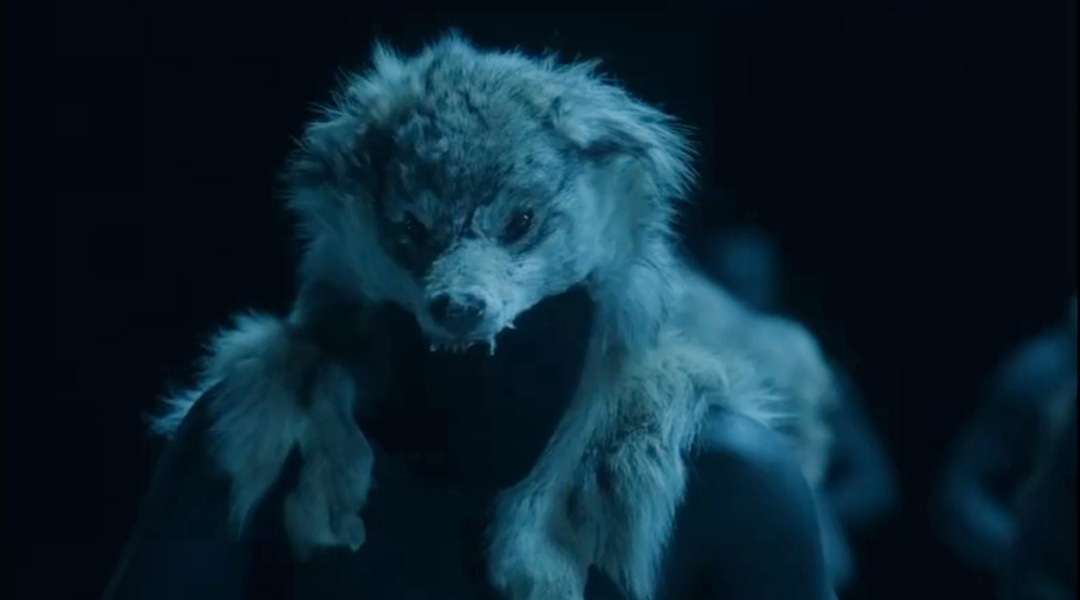
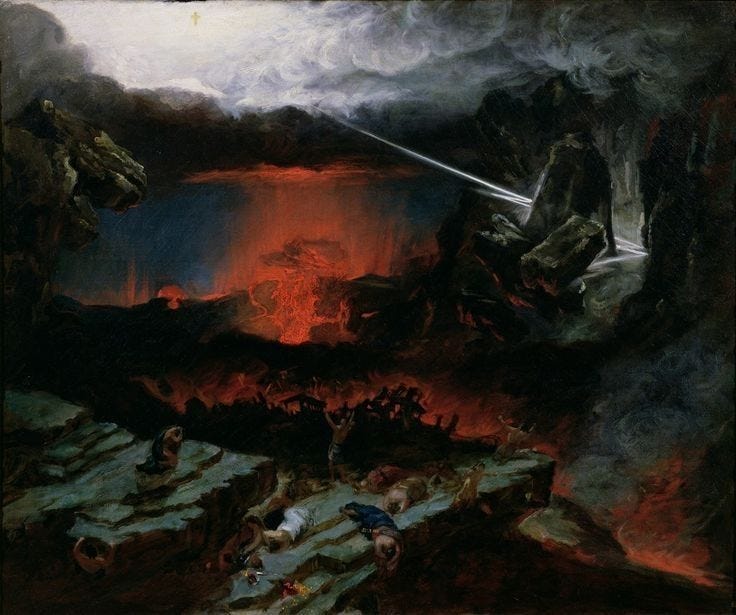

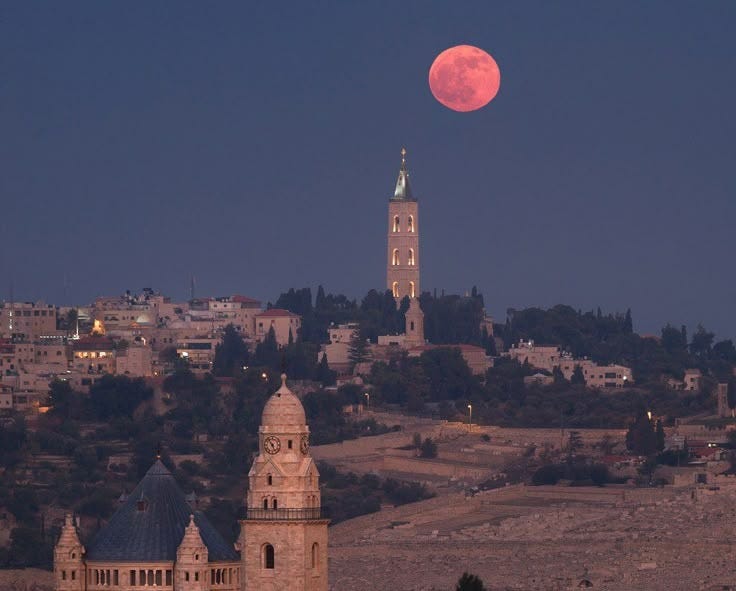
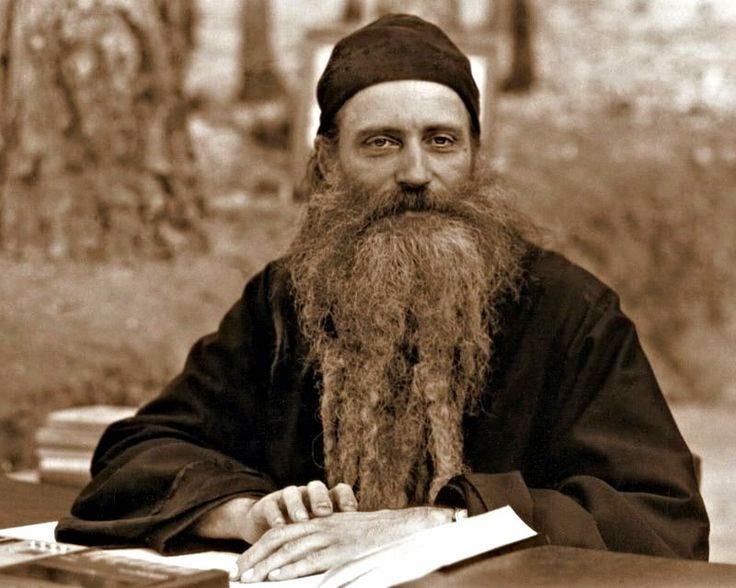
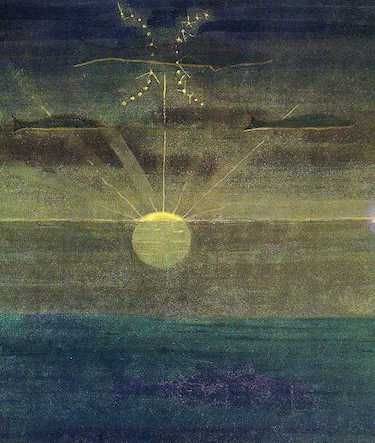
I really enjoyed this one, the linking of various cultural elements and the basis of our culture in Christ after his birth in comparison to how the world thought before his birth, death, and resurrection.
This is excellent. So many people are looking at the end of this age of Pisces right now and wondering what’s next? Utopia, armageddon, both or neither? The acceleration of the rate of civilizational decay is neck-snapping these days. Thanks for some long-term perspective.